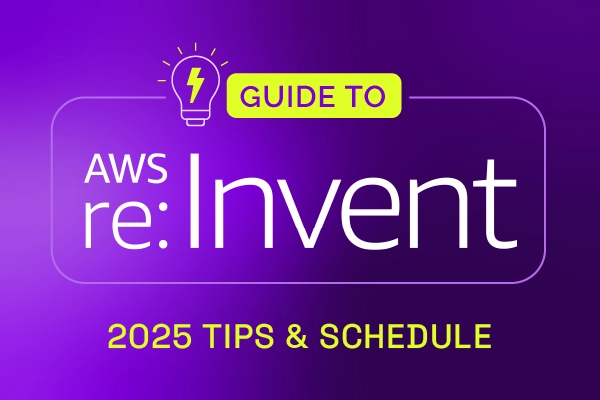
Time entries are used by people to report the time they spent on different time allocations. They are visible, for example, at the bottom of the request pages. When there are only a few time entries for such a record, this gives a good overview of how much time was spent, and by whom. But when the number of time entries becomes very large, the overview disappears. Also, loading the page may take more time. Time entries on request, problem, project, project task, workflow, task, and release pages are now grouped to give a better overview and to improve performance.

The example above is from a workflow. Time entries on a workflow are now grouped by task, request, and problem. It shows the date or date range of the time entries, the related request, task of problem, and the total time spent for that record. The bottom task in this list, with #20123, has had several time entries written on it, from February 5 until March 18. The total time spent on that task is 23 minutes. It is now possible to drill down into these time values, taking the user to the ‘Time Entries’ view with the correct filter already applied, as shown below.

Time entries on the request, task, project task and problem pages are now grouped by person. On those record types, it used to be possible for a specialist to click the time value of one of his or her time entries to edit that time entry. Clicking that entry (on a request page, for example) now shows the ‘Time Entries’ view for all time entries of that person on that request. It no longer takes the specialist to the edit form of the time entries. To enable specialist to easily edit a time entry, the Edit button (pencil icon) has been added to the ‘Time Entries’ drilldown, as indicated by the green arrow in the image above.
When viewing a project or a release, the time entries are now summarized by task.

Xurrent named a Market Leader in Research In Action’s Vendor Selection Matrix™ for IT & Enterprise Service Management Solutions
Xurrent earns #1 rankings in customer satisfaction, price vs value, and recommendation index in Research In Action's global ITSM/ESM Vendor Selection Matrix report.


